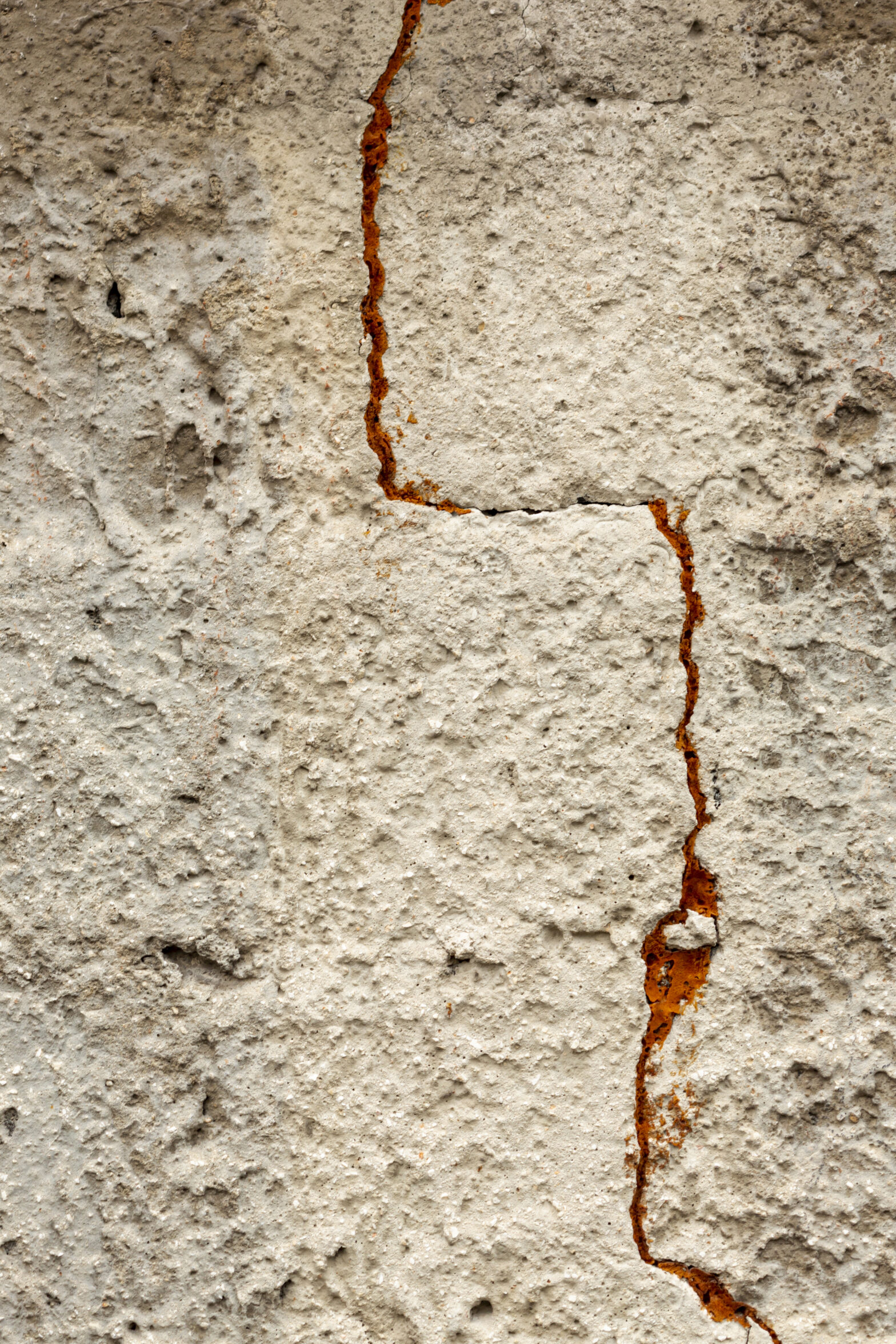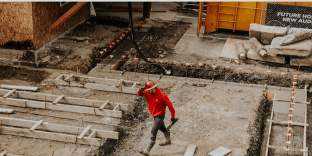
Seismic Retrofitting Load Bearing Walls
Structural Integrity in Earthquake Zones With Seismic Retrofitting Load Bearing Walls
Planning to create an open floor plan by removing a load bearing wall but worried about earthquake safety? You’re not alone. Every year, thousands of homeowners risk catastrophic structural failure by improperly removing load bearing walls in seismic zones. Even minor earthquakes can cause devastating damage to poorly modified homes, leading to collapsed walls, cracked foundations, and repair costs reaching hundreds of thousands of dollars. This comprehensive guide shows you how to safely modernize your home through proper seismic retrofitting – without compromising your dream of an open, contemporary living space.
The removal or modification of load bearing walls, though popular in contemporary renovations, requires specialized expertise and careful consideration of seismic forces. This comprehensive guide explores the critical aspects of seismic retrofitting and structural modifications in earthquake zones, providing essential information for both homeowners and construction professionals. Whether you’re planning a renovation or concerned about an existing modification, you’ll discover the essential steps to protect your investment and, more importantly, your family’s safety.
“In my 20 years of experience, I’ve seen too many homeowners discover hidden structural issues after modifying load bearing walls. The most expensive retrofit job I’ve ever done cost less than fixing a single failed modification. When it comes to your home’s structure, doing it right the first time isn’t just about saving money – it’s about protecting what matters most.” – Jason Hulcy, Founder of Load Bearing Wall Pros
Understanding Seismic Retrofitting Fundamentals
Seismic retrofitting is the process of modifying existing structures to enhance their resistance to seismic activity, ground motion, and soil failure. When modifying load bearing walls in seismic zones, this process becomes particularly crucial as these walls play a vital role in a building’s lateral force-resisting system. The primary objective is to ensure that the structure can withstand seismic forces while maintaining its functional and aesthetic improvements.
Critical Components of Seismic Design
The success of any structural modification in earthquake zones depends on three fundamental principles:
- Load Path Continuity: Ensuring uninterrupted transfer of seismic forces from roof to foundation through properly designed connections and structural elements. This includes:
-
- Roof-to-wall connections
- Wall-to-floor connections
- Floor-to-foundation anchoring systems
- Continuous load paths through all structural elements
- Structural Redundancy: Incorporating multiple resistance systems to prevent catastrophic failure, including:
-
- Parallel force-resisting elements
- Backup support systems
- Distributed load paths
- Alternative force transfer mechanisms
- Ductile Behavior: Allowing controlled deformation during seismic events without collapse through:
-
- Proper material selection
- Strategic placement of ductile elements
- Designed failure hierarchies
- Energy dissipation systems
Seismic Zone Considerations
Different seismic zones have unique requirements for retrofitting load bearing walls. Key factors that determine the scope of retrofitting include:
- Local seismic hazard levels and historical earthquake data
- Soil conditions and site-specific ground motion characteristics
- Building age, construction type, and existing structural systems
- Local building codes and seismic design requirements
- Occupancy type and importance factor of the structure
Advanced Retrofitting Techniques
Modern seismic retrofitting employs sophisticated engineering solutions to maintain structural integrity while achieving desired architectural modifications. These techniques have evolved significantly with advances in materials science and structural engineering.
Shear Wall Systems
Engineered shear walls serve as primary elements in lateral force resistance. These systems typically incorporate:
- Multi-layer plywood sheathing with engineered fastening patterns:
-
- Specific nail spacing and sizing
- Hold-down devices and anchor bolts
- Blocked panel edges for enhanced performance
- Engineered wood products for improved strength
- Steel moment frames with rigid connections:
-
- Welded or bolted moment connections
- Stiffener plates and continuity plates
- Web doubler plates for enhanced strength
- Connection optimization for cyclic loading
- Reinforced concrete walls with specialized rebar configurations:
-
- Boundary element detailing
- Distributed reinforcement patterns
- Mechanical couplers for continuous load paths
- High-performance concrete mixtures
Base Isolation Implementation
Base isolation technology creates a buffer between the structure and ground motion through sophisticated engineering solutions:
- Elastomeric bearings that absorb seismic energy:
-
- Lead-rubber bearings
- High-damping rubber bearings
- Multi-layer isolation systems
- Temperature-resistant compounds
- Sliding systems that reduce force transmission:
-
- Friction pendulum bearings
- Double concave bearings
- Triple pendulum systems
- Low-friction interfaces
- Damping devices that dissipate seismic energy:
-
- Viscous dampers
- Friction dampers
- Yielding metal dampers
- Tuned mass dampers
Load Distribution Engineering
Successful load bearing wall removal requires precise engineering calculations and implementation of load redistribution systems. This process involves complex analysis and careful consideration of multiple factors.
Beam Selection and Design
Modern beam systems require careful selection based on structural demands. How to select different types of support beams for load bearings depends primarily on vertical loads and seismic forces. Key considerations include:
- Combined stress analysis under various load combinations:
-
- Dead load and live load combinations
- Seismic load cases
- Wind load interactions
- Special load combinations for seismic zones
- Deflection limits under both static and dynamic conditions:
-
- Immediate deflection criteria
- Long-term creep considerations
- Dynamic response limitations
- Serviceability requirements
- Connection design for reversing loads during seismic events:
-
- Moment-resisting connections
- Shear connections with ductility
- Force-controlled elements
- Demand-critical welds
Advanced Reinforcement Methods
Contemporary reinforcement techniques utilize cutting-edge materials and methods:
- Carbon fiber reinforced polymers (CFRP) for flexural strengthening:
-
- Surface preparation requirements
- Installation techniques
- Quality control procedures
- Long-term durability considerations
- Post-tensioned steel systems for enhanced load capacity:
-
- Tendon layout optimization
- Anchorage design
- Stress monitoring systems
- Corrosion protection
- High-strength fiber-reinforced concrete for improved ductility:
-
- Fiber type selection
- Mix design optimization
- Application methods
- Performance verification
Project Implementation and Quality Control
The success of seismic retrofitting projects relies heavily on proper execution and verification through comprehensive quality control measures.
Engineering Assessment Protocol
Before modification begins, comprehensive evaluation includes:
- 3D structural modeling and dynamic analysis:
-
- Finite element analysis
- Time-history analysis
- Modal analysis
- Performance-based design verification
- Soil-structure interaction studies:
-
- Site-specific response spectra
- Foundation flexibility effects
- Soil amplification factors
- Liquefaction potential assessment
- Existing condition assessment using non-destructive testing:
-
- Ground-penetrating radar
- Ultrasonic testing
- Core sampling
- Load testing
Construction Quality Assurance
Implementation quality control involves:
- Continuous inspection of critical connections:
-
- Welding inspection protocols
- Bolt installation verification
- Concrete placement monitoring
- Post-installation testing
- Material testing and verification:
-
- Laboratory testing programs
- Field verification tests
- Quality control documentation
- Material certification review
- Documentation of as-built conditions must meet Legal Requirements and Permits for Wall Removal in Texas and include:
-
- Detailed record drawings
- Photography and video documentation
- Inspection reports
- Test results archives
Investment Considerations
While seismic retrofitting represents a significant investment, it offers substantial long-term benefits:
- Enhanced structural safety and occupant protection:
-
- Life safety improvements
- Property protection
- Business continuity
- Liability reduction
- Increased property value in seismic zones:
-
- Market premium for retrofitted buildings
- Insurance advantages
- Financing benefits
- Regulatory compliance
- Potential insurance premium reductions:
-
- Risk mitigation credits
- Policy cost savings
- Coverage improvements
- Claims history benefits
Expert Consultation and Implementation
The complexity of seismic retrofitting demands experienced professionals who understand both structural engineering principles and local seismic conditions. Professionals should:
- Conduct thorough site-specific analyses:
-
- Geological investigation
- Structural assessment
- Code compliance review
- Risk assessment
- Develop detailed construction documents:
-
- Engineering calculations
- Construction drawings
- Technical specifications
- Project manuals
- Provide construction phase oversight:
-
- Regular site inspections
- Progress monitoring
- Quality control verification
- Problem resolution
Secure Your Home’s Future with Expert Seismic Solutions
Successful modification of load bearing walls in seismic zones requires a sophisticated understanding of structural dynamics, modern materials, and construction techniques. By working with qualified professionals and implementing appropriate retrofitting strategies, homeowners can achieve their desired architectural modifications while maintaining or enhancing their home’s seismic resilience. The investment in proper seismic retrofitting not only ensures safety but also provides long-term value and peace of mind for property owners in earthquake-prone regions. Contact us today to discuss your seismic retrofitting load bearing walls project needs.
About the Author
Jason Hulcy, the founder of Load Bearing Wall Pros, is a seasoned expert in wall removal and home renovations. With a passion for innovation and sustainability, he has helped countless homeowners achieve their dream spaces safely and efficiently. Learn more about his expertise here.


